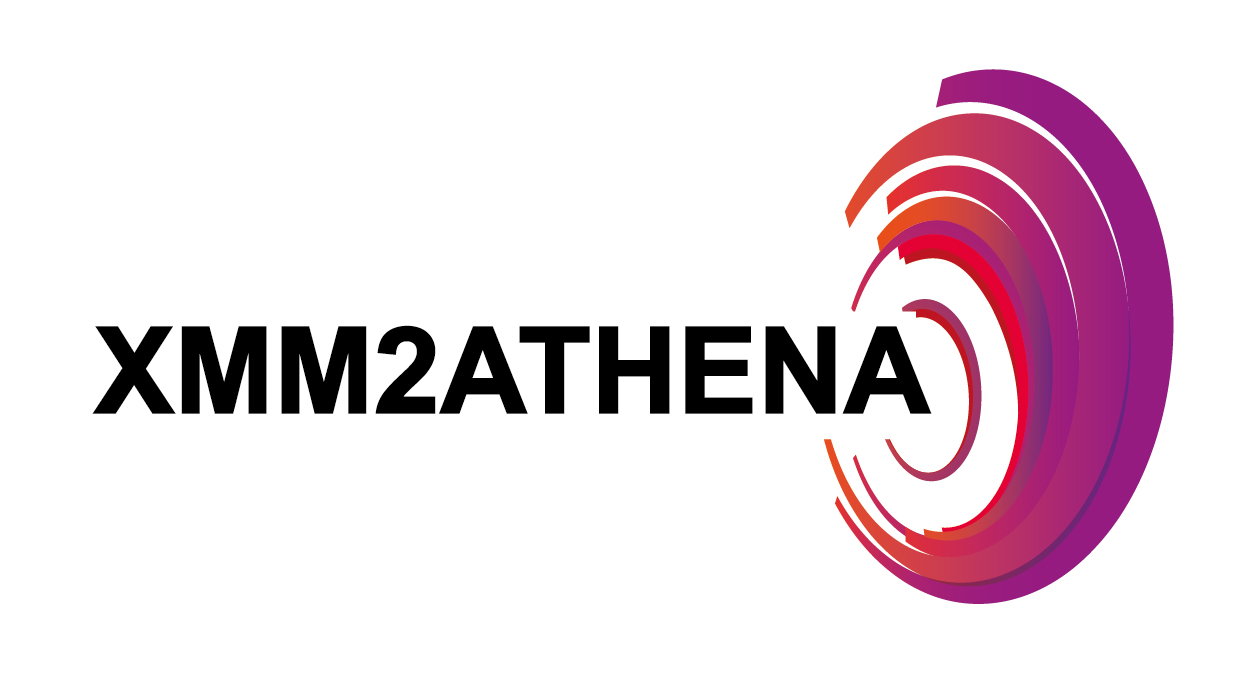Work package 1 : Administration
Lead by CNRS/IRAP
Objectives: Administration and management of project.
Work package 2 : Multi- wavelength/ multi-messenger counterparts
Lead by CNRS/Observatoire Astronomique de Strasbourg
Objectives: Provide multiwavelength statistical identifications and spectral energy distributions of XMM-Newton X-ray sources including those discovered in the stacked catalogue and new transient sources found by the variability work package. Train to identify electromagnetic counterparts of multi-messenger events.
Work package 3 : Sensitivity estimator
Lead by CNRS/IRAP
Objectives: Create, publish and maintain an enhanced sensitivity estimator
Work package 4 : Enhanced stacked catalogue
Lead by AIP
Objectives: Develop software for ultimate source detection sensitivity on overlapping XMM-Newton observations. This will rest on the basic assumption that the X-ray sources do not change their brightness between observations. Long-term variability will be assessed post-factum. The re-designed software will rely on a pre-computed grid of spectral models that convert fluxes to count-rates. It will be used to generate a new, more sensitive catalogue of sources through stackeddetection. A joint catalogue of all available XMM-Newton observations (single and overlapping)shall be published. Prior to the production of the catalogue the procedures to combine differentobservations will be reviewed and optimized. Similar for the tiling of large images.
Work package 5 : Variability
Lead by CNRS/IRAP
Objectives: Provide software to identify sources that are variable on the timescale of seconds but
faint and not detected in the catalogued
Provide software to identify sources variable on the long term and provide alerts to the community
Identify the variable sources.
Work package 6 : Spectra
Lead by UC/IFCA
Objectives: Fit a limited set of simple models to all extracted spectra in the current 4XMM catalogue, providing the best fit model, best fit parameter values, confidence intervals and full probability distributions. Generate combined spectra for sources with repeated observations (stacked catalogue) and analyse them with the same set of models, providing best fit parameter values, confidence intervals and full probability distributions. For all detections in the current 4XMM catalogue, get estimates of the spectral parameters for the same set of models, providing best fit parameters and confidence intervals. For the subset of X-ray sources with good classifications and (if applicable) redshifts, we will
fit physically motivated models and provide best fit parameter values, confidence intervals and full probability distributions.
Work package 7 : Optical/UV classification
Lead by UCL/MSSL
Objectives: Use machine-learning methods to auto-classify SUSS sources into various Galactic and extragalactic source types. Identify variable sources. Supply classification and time-domain information for counterparts of X-ray sources to X-ray source classification process.
Work package 8 : X-ray source classification
Lead by NOA
Objectives: Develop Artificial Intelligence technologies for the classification of 4XMM sources using as input both X-ray + Supervised / Unsupervised and multi messenger information. For the extragalactic sources of the previous step photometric redshifts will be determined using Artificial Intelligence algorithms.
Work package 9 : Science Validation
Lead by the University of Leicester
Objectives: Demonstrate the scientific value of the tools and products developed by the project, via a few well-defined exemplar projects which explore the developments of WPs 2-8.
Work package 10 : Communication
Lead by UC/IFCA
Objectives: Update and improve our outreach website to serve as the main channel of internal and public communication. Incorporate results to next 4XMM catalogue and make public release of analysis software and product description documentation. Hold a final workshop to publicize the most relevant results of the collaboration, provide tutorials and gather suggestions for improvements. Public communication by means of press releases, public talks, open days, social media, participation in international initiatives and hosting students for internships. Development of outreach material.

